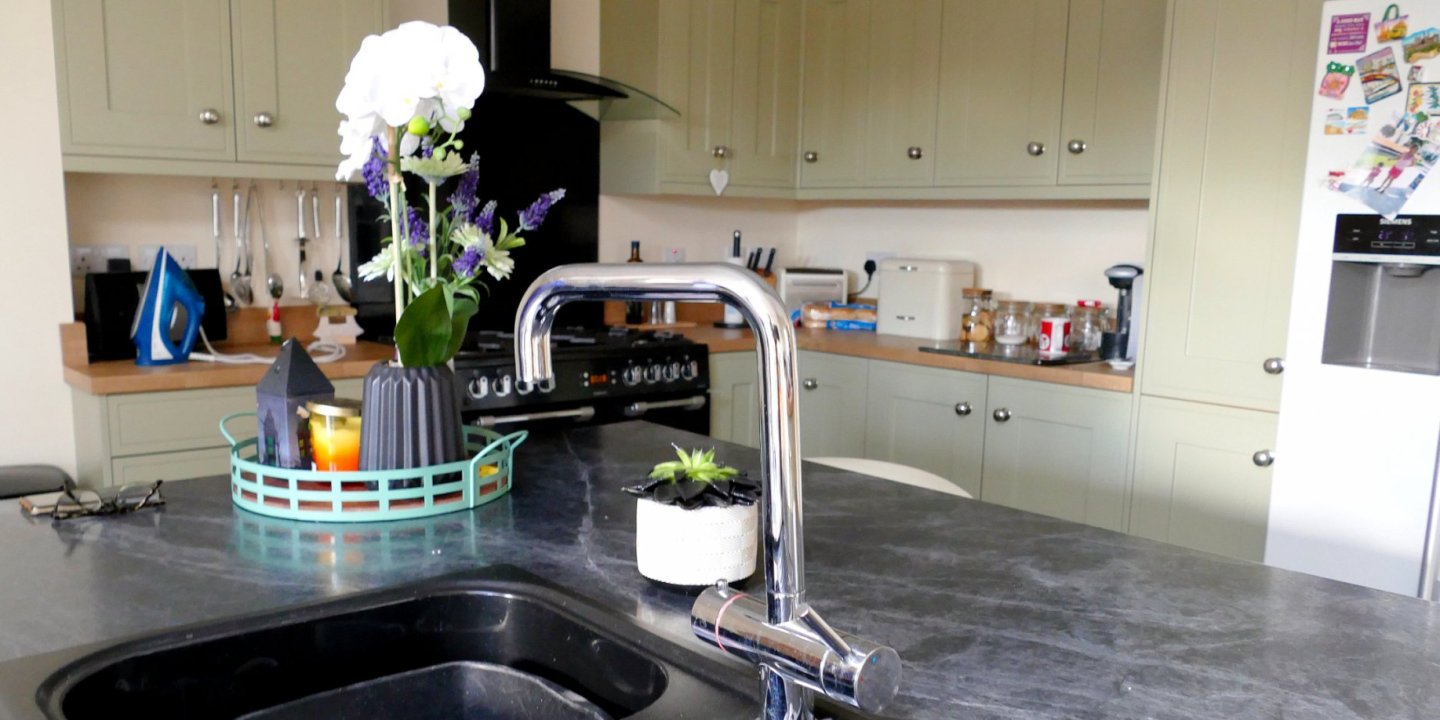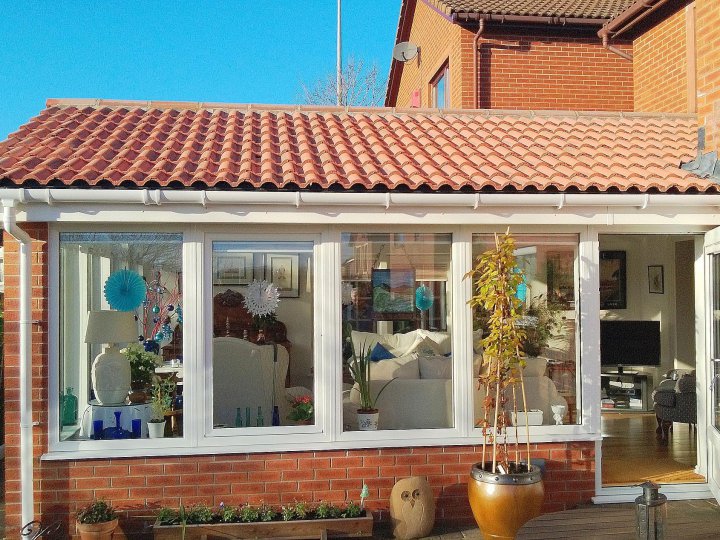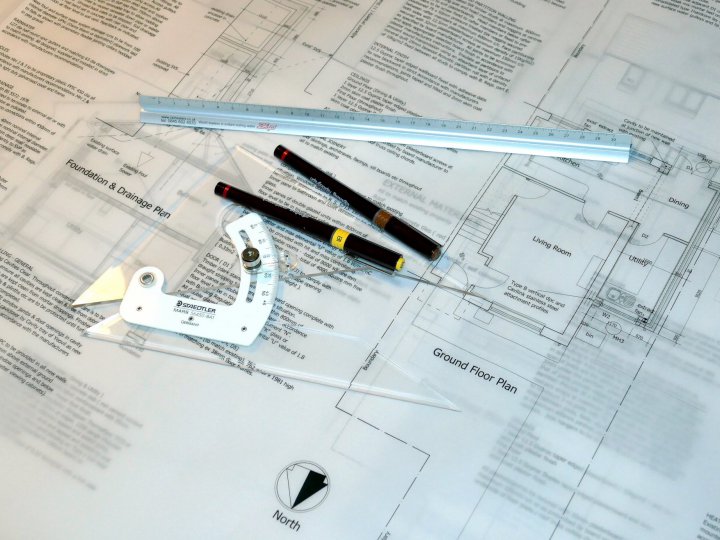Heat pumps are mechanical units that use external air as a source to heat buildings by transferring heat from a cooler environment to a warmer space, essentially reversing the natural flow of latent heat. Heat pumps have become almost a buzz word in the UK housing market in the last few years with many extolling their benefits. The UK Government, several local councils and even some mortgage lenders have offered various subsidy schemes to encourage their use, however they may not necessarily be suitable or cost-effective for many existing properties.

A heat pump uses almost the same process that fridge uses to remove heat from the inside and regulate their internal temperatures. In basic terms, a heat pump uses a refrigeration cycle to move external air over a series of heat exchanger coils.
The first set of coils contains a very low temperature and low-pressure liquid refrigerant fluid which boils when the heat from the external air is absorbed, even when the air being used is itself below 0oC. The heated (now gaseous) refrigerant is then compressed then passed into a second set of heat exchanger coils where it condenses and simultaneously releases its latent heat (sometimes referred to as thermal energy) that can be used to aid the heating of an interior space. Finally, the now decompressed and liquid again refrigerant is pumped back to the first set of heat exchanger coils to be reheated and the process continuously repeats.

Some heat pump systems can also be used in reverse during the summer months to provide cooling to the internal spaces, essentially acting like an air-conditioner unit. It is important to remember however that a heat pump only transfers heat, it may be more energy efficient but does not generate heat like a combi-boiler does.
There are multiple different types of heat pumps such as Air Source Heat Pumps, which are by far the most common units used for residential housing projects. These are typically large external units which can vary in size and shape but can typically be quickly identified as they will have a large fan facing outwards towards the external air. Air source heat pumps are either an air-to-water system which provides heating to supply radiators or underfloor heating systems or they can be air-to-air systems which provides heating to supply a house heat distribution system. Other systems include water source heat pumps, ground source heat pumps and even exhaust air heat pumps.
All air-source heat pumps necessitate the installation of at least 1 or more external units (like air conditioning units) which may require planning permission depending on the unit’s size and the location and status of the property in question. If your house is a listed building, located within a designated conservation area (for example, the Cotswolds Conservation Area) or a National Park (for example, The Lake District) then full planning permission will be required.
Heat pumps (particularly domestic air-source units) are typically at their most effective and efficient when both the electric needed to power the system is kept low, the system is appropriately sized for the internal area of the property and it is used to aid the heating of a house which has a fabric design that keeps the properties heating requirements to a minimum. To put it another way, heat pumps are most effective on properties that are already exceptionally well insulated and sealed.
An air-source heat pump (regardless of which type is installed) will require a constant electric supply for it to work and this can often come as a surprise to many people when researching them. A heat-pump may aid in heating your property but it may not be a cost-effective solution when the price of the ongoing electric bills is added to the high upfront costs of purchasing and installing the system.

Simply adding an air-source heat pump to a poorly insulated property will likely have a very minimal impact and would probably not be worth the financial investment required.
In these circumstances however, just because an air-source heat pump would not be suitable, multiple other energy saving technologies such as solar panels, insulated external cladding or even triple glazed windows can make a much bigger impact to your annual energy costs and may offer much better value for money.
A heat pump can be a very useful and cost-effective purchase for your property in the correct circumstances. At their best they can offer significant long-term savings in heating costs and a reduction in household carbon emissions but they are not necessarily the one size fits all solution for heating a house that they are sometimes promoted as.
Heat pumps are a relatively new technology and is rapidly evolving and improving all the time and more recently a hybrid heat-pump system has gained more traction where the heat-pump is integrated to work alongside a new or existing boiler to provide a proportion of the benefits of a stand-alone heat-pump system but at a lower upfront cost.
